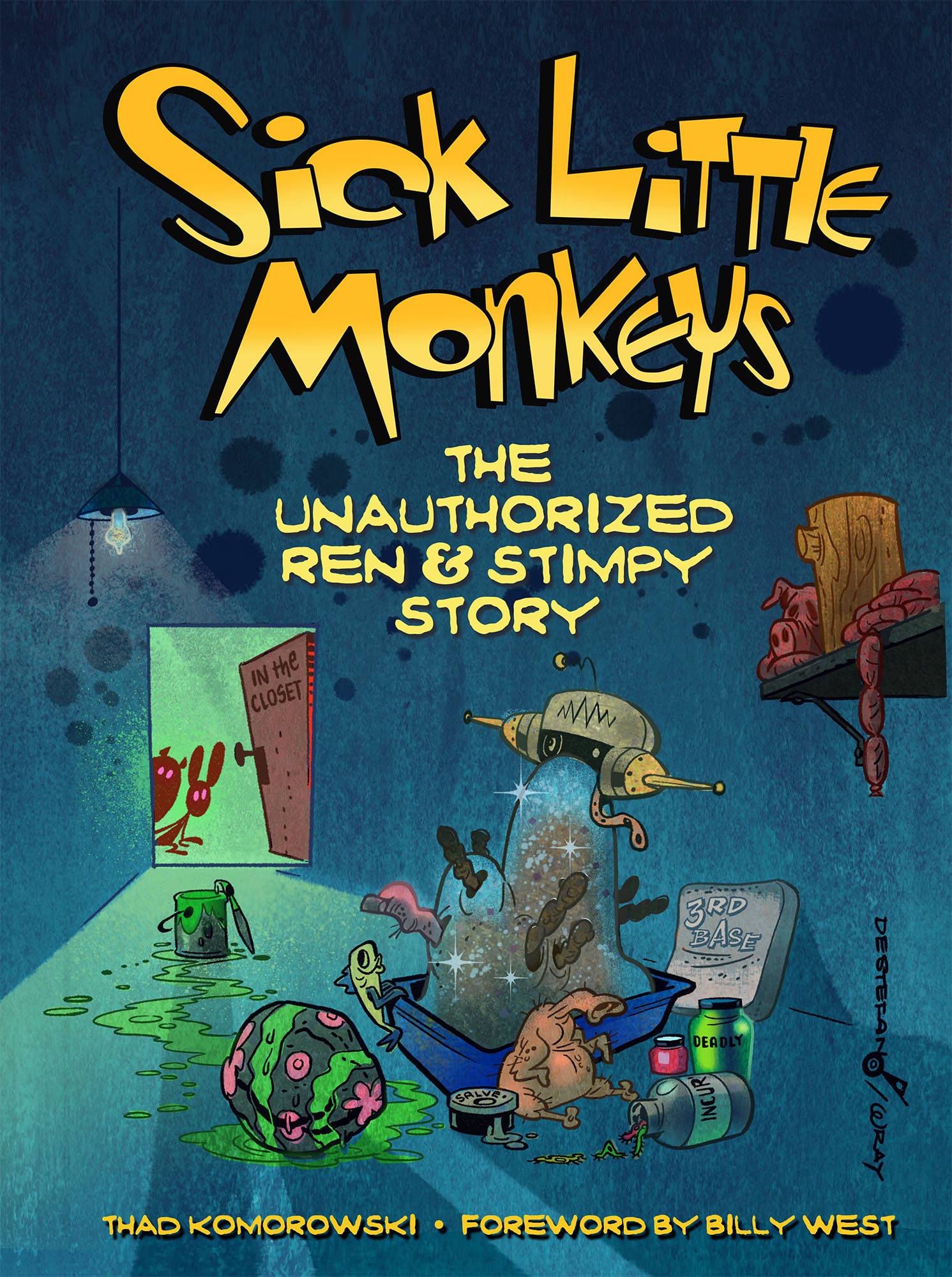
That’s not my first credit in a cartoon-related publication, nor is it the first time my name has been seen next to David Gerstein’s. But it warms the cockles of my heart to see it anyway. I ghostwrote a fair amount of the synopses in The 100 Greatest Looney Tunes Cartoons edited by Jerry Beck. While it’s not a must-have, it’s at least an interesting read, and definitely worth the $16.47 price at Amazon, with its glossy and compact full-color content.
 Whenever I see my writing published, it always disappoints, usually because I only see my mistakes. It’s been almost a year since I worked on this thing, and I actually had to go back to my notes to remember which cartoons I wrote on. (I forgot they were mostly Bob Clampett’s.) Some of my writing was definitely sanitized, and in my eyes weakened, so I’m just glad you will never know exactly which ones I wrote about.
Whenever I see my writing published, it always disappoints, usually because I only see my mistakes. It’s been almost a year since I worked on this thing, and I actually had to go back to my notes to remember which cartoons I wrote on. (I forgot they were mostly Bob Clampett’s.) Some of my writing was definitely sanitized, and in my eyes weakened, so I’m just glad you will never know exactly which ones I wrote about.
A forewarning: there’s some atrocious copyediting in this book that seems to have resulted from copying and pasting templates, so roughly a fifth of the cartoons have incorrect release dates and series assignations. (So now The Stupid Cupid is a 1957 cartoon. Sorry, that’s when Tashlin was turning Jerry Lewis into Daffy Duck, not vice-versa.)
 The lion’s share (roughly a third) is of course Chuck Jones cartoons, but even the biggest Jones detractors will have to admit that he’s the most popular of all the directors, so it’s only logical that the most votes would go to his cartoons. (Wisely, the list is presented in alphabetical order, rather than by voting rank. Once you get past the top ten or twenty, only the biggest OCD cases of Looney Tunes fans would find it worthwhile to dissect ranking order.)
The lion’s share (roughly a third) is of course Chuck Jones cartoons, but even the biggest Jones detractors will have to admit that he’s the most popular of all the directors, so it’s only logical that the most votes would go to his cartoons. (Wisely, the list is presented in alphabetical order, rather than by voting rank. Once you get past the top ten or twenty, only the biggest OCD cases of Looney Tunes fans would find it worthwhile to dissect ranking order.)
The book also shows how times have changed. Tied for second place on the list are Bob Clampett and Friz Freleng, each represented by twenty-one titles. Passionate buffs might try to convince you it’s impossible to love Friz’s cartoons as much as Bob’s, but here’s proof you can have it both ways. Frank Tashlin, Tex Avery, Bob McKimson, and even Art Davis are represented by their best work for the studio too. We really have the advent of cable television and luscious DVD selections to thank for the studio’s talent being fairly recognized today.
Jerry also graciously invited fans of all kinds to vote on Cartoon Brew, and even more graciously credited them, so it’s not just from the usual team of experts. Titles that might have been discriminated against (most likely McKimson’s) are happily present.
 There’s some head scratchers for sure. I don’t see what makes Guided Muscle a better Road Runner cartoon than the others, nor what makes Walky Talky Hawky the best Foghorn. Honey’s Money rather than the original His Bitter Half, really? Coal Black, fine, but Tin Pan Alley Cats too? At least one low-rent Speedy Gonzales short made the cut, but nothing with the vastly wittier Pepe Le Pew? But, hey, it’s not my list. And unlike the typical disgraceful lists from AFI, at least 2/3 of this list would be identical to my own, a percentage I’m more than okay with.
There’s some head scratchers for sure. I don’t see what makes Guided Muscle a better Road Runner cartoon than the others, nor what makes Walky Talky Hawky the best Foghorn. Honey’s Money rather than the original His Bitter Half, really? Coal Black, fine, but Tin Pan Alley Cats too? At least one low-rent Speedy Gonzales short made the cut, but nothing with the vastly wittier Pepe Le Pew? But, hey, it’s not my list. And unlike the typical disgraceful lists from AFI, at least 2/3 of this list would be identical to my own, a percentage I’m more than okay with.
No revelations, just fun reading, and another firm reminder of why these staples of cinematic comedy* need to be preserved. I’m sure a general list of just The 100 Greatest Cartoons would reveal as much too. It’ll help keep your mind off this excrement too.
(* No, really. Have you actually tried watching live-action ‘comedy’ of the 1940s? As far as laughs go, other than a couple Stooges and a Sturges flick or two, that decade’s got zip. The cartoons were truly the kings of comedy in that era of film.)

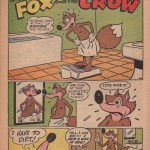
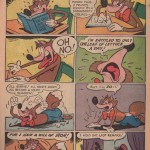
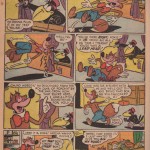
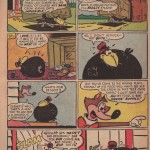
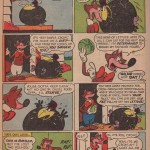
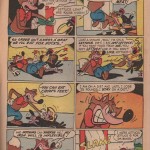
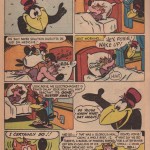
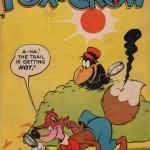

 Whenever I see my writing published, it always disappoints, usually because I only see my mistakes. It’s been almost a year since I worked on this thing, and I actually had to go back to my notes to remember which cartoons I wrote on. (I forgot they were mostly Bob Clampett’s.) Some of my writing was definitely sanitized, and in my eyes weakened, so I’m just glad you will never know exactly which ones I wrote about.
Whenever I see my writing published, it always disappoints, usually because I only see my mistakes. It’s been almost a year since I worked on this thing, and I actually had to go back to my notes to remember which cartoons I wrote on. (I forgot they were mostly Bob Clampett’s.) Some of my writing was definitely sanitized, and in my eyes weakened, so I’m just glad you will never know exactly which ones I wrote about. The lion’s share (roughly a third) is of course Chuck Jones cartoons, but even the biggest Jones detractors will have to admit that he’s the most popular of all the directors, so it’s only logical that the most votes would go to his cartoons. (Wisely, the list is presented in alphabetical order, rather than by voting rank. Once you get past the top ten or twenty, only the biggest OCD cases of Looney Tunes fans would find it worthwhile to dissect ranking order.)
The lion’s share (roughly a third) is of course Chuck Jones cartoons, but even the biggest Jones detractors will have to admit that he’s the most popular of all the directors, so it’s only logical that the most votes would go to his cartoons. (Wisely, the list is presented in alphabetical order, rather than by voting rank. Once you get past the top ten or twenty, only the biggest OCD cases of Looney Tunes fans would find it worthwhile to dissect ranking order.) There’s some head scratchers for sure. I don’t see what makes Guided Muscle a better Road Runner cartoon than the others, nor what makes Walky Talky Hawky the best Foghorn. Honey’s Money rather than the original His Bitter Half, really? Coal Black, fine, but Tin Pan Alley Cats too? At least one low-rent Speedy Gonzales short made the cut, but nothing with the vastly wittier Pepe Le Pew? But, hey, it’s not my list. And unlike the typical disgraceful lists from AFI, at least 2/3 of this list would be identical to my own, a percentage I’m more than okay with.
There’s some head scratchers for sure. I don’t see what makes Guided Muscle a better Road Runner cartoon than the others, nor what makes Walky Talky Hawky the best Foghorn. Honey’s Money rather than the original His Bitter Half, really? Coal Black, fine, but Tin Pan Alley Cats too? At least one low-rent Speedy Gonzales short made the cut, but nothing with the vastly wittier Pepe Le Pew? But, hey, it’s not my list. And unlike the typical disgraceful lists from AFI, at least 2/3 of this list would be identical to my own, a percentage I’m more than okay with.